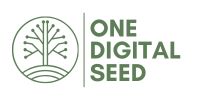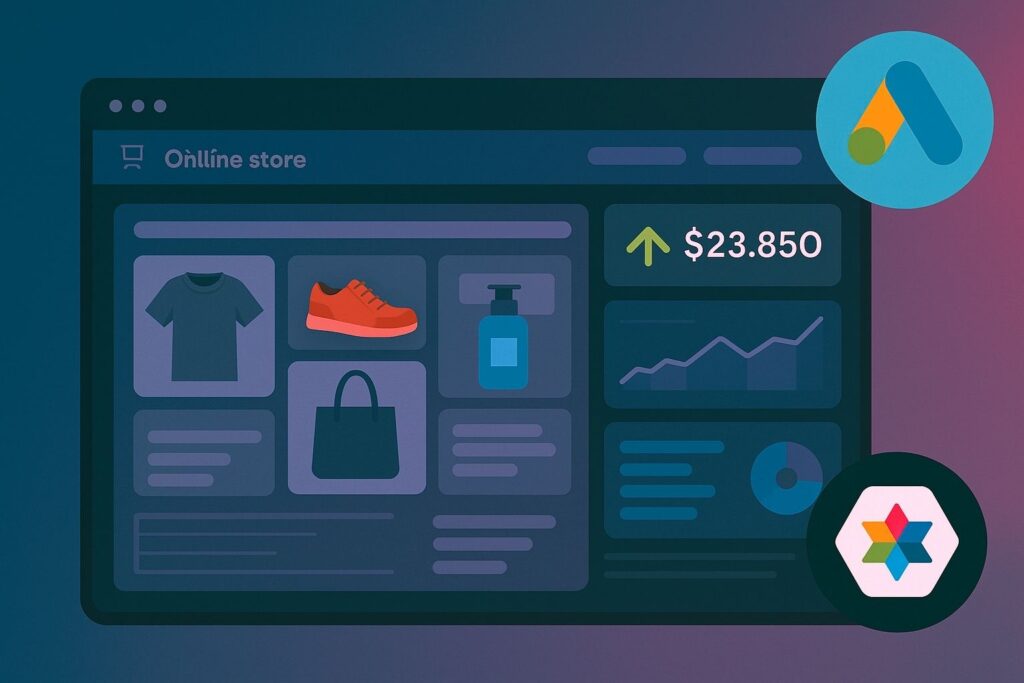
Still running separate campaigns for Search, Display, YouTube, and Shopping? You’re leaving money on the table. In 2025, smart e-commerce brands aren’t managing individual ad channels — they’re mastering Google Performance Max (PMax). It’s like having an AI-powered media buyer optimizing your store 24/7. Want to boost conversions and ROAS while reducing manual guesswork? Keep reading — your store’s growth engine is just getting started.
Google Performance Max isn’t another campaign type — it’s a game-changer. As a one-stop ad solution powered by Google AI, PMax serves ads across YouTube, Search, Display, Discover, Gmail, and Maps — all under one campaign. For e-commerce brands, it translates to improved audience targeting, quicker scaling, and more intelligent spend optimization.
But to unlock its full potential, you need to do more than just flip a switch. In this blog, we explore battle-tested tactics that successful Shopify stores are employing to make PMax a high-performance machine.
Why Performance Max is a Must for E-commerce
- Bundles all Google ad channels into one intelligent campaign
- Leverages real-time signals and machine learning to optimize delivery
- Perfect for product-rich businesses like Shopify stores
- Opens up new customer segments with predictive audience targeting
Winning Strategies to Master Performance Max for E-commerce
1. Feed First, Then Scale
Your product feed is the beating heart of your PMax success. Maximize product titles, descriptions, and images. Utilize custom labels to segment products by margin, seasonality, or performance tier.
Pro Tip: Sync Shopify with Google Merchant Center and add structured data for improved feed health.
2. Asset Group Segmentation
Don’t put everything into a single campaign. Develop distinct asset groups by product category, collections, or purchase behavior. This gives more control over creative assets and audience signals.
3. Leverage First-Party Data to Amplify Targeting
Import your email lists, previous buyers, and loyalty members as audience signals. Google’s AI applies them to discover similar high-value customers (lookalike-style).
4. Creative Matters — Diversify Your Assets
Add some combination of product images, lifestyle shots, short-form videos, testimonials, and copy tests. Google will automatically optimize for performance.
Case Study: A fashion retailer utilizing diversified video + static creative in PMax achieved a 2.3x ROAS lift within 30 days.
5. Don’t Set It and Forget It — Monitor & Optimize
Monitor performance by asset group, location, and audience signal. Employ exclusions (such as low-margin items or repeat customers) to avoid wasted ad spend.
Success Measurement on Performance Max for E-commerce
With standard metrics such as keyword data absent, concentrate on:
- Conversion Value / Cost (ROAS)
- New vs Returning Customers
- Top-performing asset combinations
- Cross-channel attribution insights
Conclusion: Smarter Marketing, Not Harder
Google Performance Max is as strong as the strategy upon which it’s built. When tied into your e-commerce objectives and supported by solid data, it brings home big wins. Having it as part of your Performance Marketing Playbook, becoming an expert in PMax will separate your Shopify store from competitors who remain mired in siloed campaigns.
- The Power of UTM Parameters in Ad Campaigns
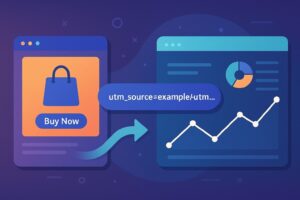
- Unlocking Maximum ROAS: Budget Scaling Secrets for 2025
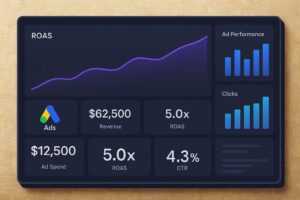
- How to Use A/B Testing to Scale Paid Ad Performance
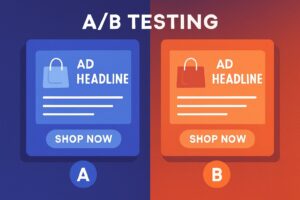
- Click-Through Rate (CTR) Hacks That Actually Work
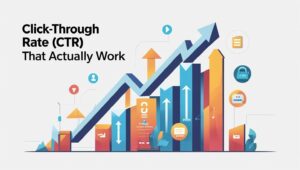
- Meta Ads Funnel Strategies for Customer Acquisition

- Google Performance Max: Winning Strategies for E-commerce

- Performance Marketing Playbook: A No-Fluff Guide to Winning in 2025

- Mastering Customer Experience & Retention on Shopify

- Best Shopify Apps to Skyrocket Your E-commerce Growth

